| Weight | 130 g |
|---|---|
| Dimensions | 85 mm |
| Focal Length (mm) | |
| Max Aperture (f) | |
| Aperture Blades | |
| Sharp (Near) | |
| Sharp (Far) | |
| Elements | |
| Rear Mount | |
| Flange-Focal Distance (mm @ ∞) | |
| RF/L Extension (mm) | |
| Production |
Rodenstock Splendar 85/2.8
Zebra lens with metal barrel fitted to Ilford Sportsview slide projectors. Single coated.
Category: Transparencies
Reviews
Add a review Cancel reply
Related products
-

Benoist Berthiot 75/2.8
Compare -

Apollo 90/2.8
Compare -

Argus Projection 100/2.8
Compare -

Agfa Color-Agolar 250/4.5
Compare -

Aldis Uno 200/4.5
Compare -
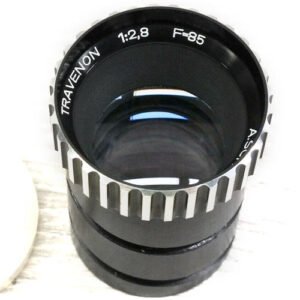
A. Schacht Travenon 85/2.8
Compare -

Agfa Color-Agolar 85/2.8
Compare -

Benoist Berthiot 110/2.4
Compare -

Agfa Agomar 85/2.5 [V1]
Compare -

Bell & Howell Trionar 100/3.5
Compare -

Agfa Agomar 90/2.4
Compare -
 SOFT
SOFTAgfa Agomar 90/2.8
CompareSOFT -

Argus Projection Anastigmat 100/3.3
Compare -

Benoist Berthiot 60/1.6
Compare -

Airequipt Luminac 100/3.5
Compare -

Agfa Agomar 100/2.5 [V2]
Compare -
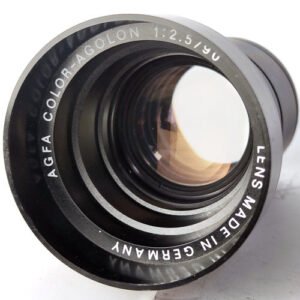
Agfa Color-Agolon 90/2.5
Compare -

Agfa Agolar 85/2.5
Compare -

Agfa Variomar 80-125/3.1
Compare -

Appro 100-225/4
Compare -

Agfa Agomar 85-150/4
Compare -

Apollo 100-150/3.5
Compare -

Apollo 85-150/3.5
Compare -
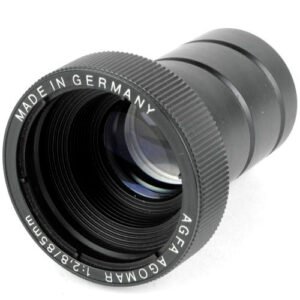
Agfa Agomar 85/2.8 [V4]
Compare -
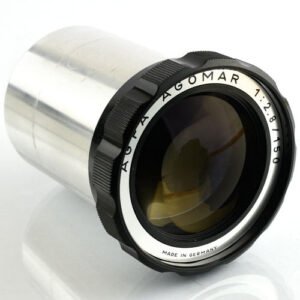
Agfa Agomar 150/2.8 [V2]
Compare



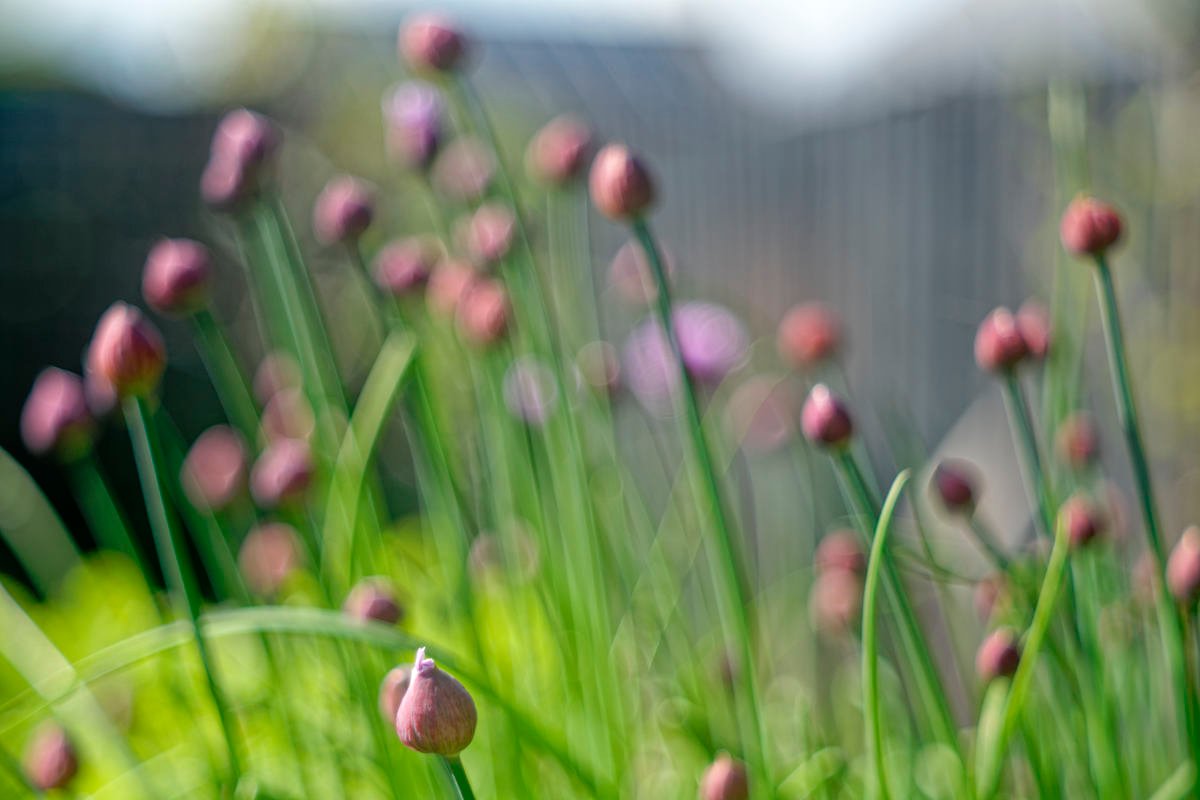


16:9 –
Superficially similar to the Rodenstock Stellars, these were the bread-and-butter triplets for a number of mass-market 35mm slide projectors in the pre-plastic era. Their reassuring solid metal barrels and the presence of the Rodenstock name nonetheless raise expectations.
The 85mm f2.8 is likeable rather than admirable. Sharpness scores hover around 60% – a little better close-up than at distance – not even reaching Bronze levels – but this is a lens you buy for the look rather than framewide excellence. Typically, it has very poor corners (a score of 5.5 here makes it hard to tell whether there’s even field curvature) and even Zone 1 struggles to top 6.5, making it a bad choice for those needing high levels of per-pixel sharpness.
The vibe is certainly vintage – in the sense of low contrast and muted colour – but chromatic aberration is low, and vignetting is barely palpable. The bokeh is quite refined: smooth, with modest halation and only subtle soap-bubble outlining. Bokeh geometry appears more centrifugal than centripetal: deformation of specular highlights is strongest in the corners as shapes appear to flee the centre equally in all directions rather than orbit it, which gives the more common ‘cat-eye’ swirl. Although defocused areas can sometimes look ‘liquefied’, we rarely see weird edginess or doubling and on balance, I find the Splendar’s bokeh to be above-averagely pleasing in terms of consistency. If you’re looking for freaky bokeh, look elsewhere: the Splendar has a distinctive, but not overstated, dreamy character.